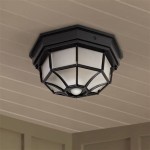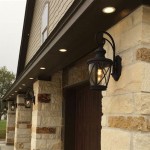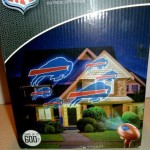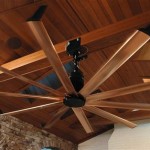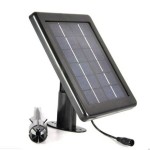The Essential Aspects of Outdoor Architectural Lighting
Outdoor architectural lighting plays a crucial role in enhancing the aesthetics, safety, and functionality of outdoor spaces. It can transform ordinary buildings and landscapes into captivating works of art, creating a welcoming and inviting atmosphere.
Purpose and Function
Outdoor architectural lighting serves several primary purposes:
- Aesthetics: Illuminating architectural features, such as facades, sculptures, and fountains, highlights their beauty and creates a visually pleasing environment.
- Safety: Well-lit pathways, entrances, and parking areas improve visibility and reduce the risk of accidents.
- Functionality: Lighting can extend the usable hours of outdoor spaces by allowing activities to take place after sunset.
- Security: Illuminate dark areas to deter unwanted visitors and create a sense of security.
Types of Outdoor Lighting
Various types of outdoor lighting fixtures are available to suit different needs:
- Floodlights: Provide wide-beam illumination for large areas, such as facades and parking lots.
- Spotlights: Focus light on specific architectural elements, highlighting details and creating dramatic effects.
- Wall-mounted fixtures: Illuminate pathways, walls, and entranceways, adding texture and dimension.
- Path lights: Guide visitors along paths and stairways, ensuring safety and providing a welcoming ambiance.
- Bollard lights: Provide low-level illumination along sidewalks, driveways, and other pedestrian areas.
Design Considerations
Effective outdoor architectural lighting design requires careful consideration of several factors:
- Architectural Style: The lighting should complement the architectural style of the building.
- Surrounding Environment: Consider the existing vegetation, hardscaping, and other elements to ensure a cohesive design.
- Lighting Levels: Determine the appropriate illumination levels for different areas based on their function and safety requirements.
- Light Distribution: Plan the placement and orientation of fixtures to achieve the desired effects and avoid glare.
- Energy Efficiency: Use energy-efficient lighting technologies to reduce operating costs and environmental impact.
Lighting Control
Advanced lighting control systems allow for automated operation and energy optimization:
- Motion sensors: Detect movement and automatically turn on lights when needed.
- Photocells: Adjust lighting levels based on ambient light conditions.
- Astronomical timers: Schedule lighting based on sunset and sunrise times.
Conclusion
Outdoor architectural lighting is an essential element in creating visually stunning, safe, and functional outdoor spaces. By understanding its purpose, types, design considerations, and lighting control options, you can effectively illuminate architectural features, enhance safety, and transform your outdoor spaces into captivating environments.

Bring Life To Architecture With Exterior Lighting Outdoor Installers

Commercial Led Outdoor Lighting Made For Architects Alcon

A Guide To Outdoor Lighting Design Rtf Rethinking The Future

Commercial Led Outdoor Lighting Made For Architects Alcon

Architectural Lighting Outdoor Perspectives Of Northern Ohio

Exterior Architectural Lighting Design Installation In Baldwin Park Fl Illuminations Usa

An Architect S Guide To Outdoor Lighting Architizer Journal

Design Journal Adex Awards Outdoor Architectural Lighting

Architectural Lighting Modern Light Fixtures Hevi Lite Inc

Lighting Designers Bring Life To The Architecture With Exterior Lights Garden Light Led
Related Posts
